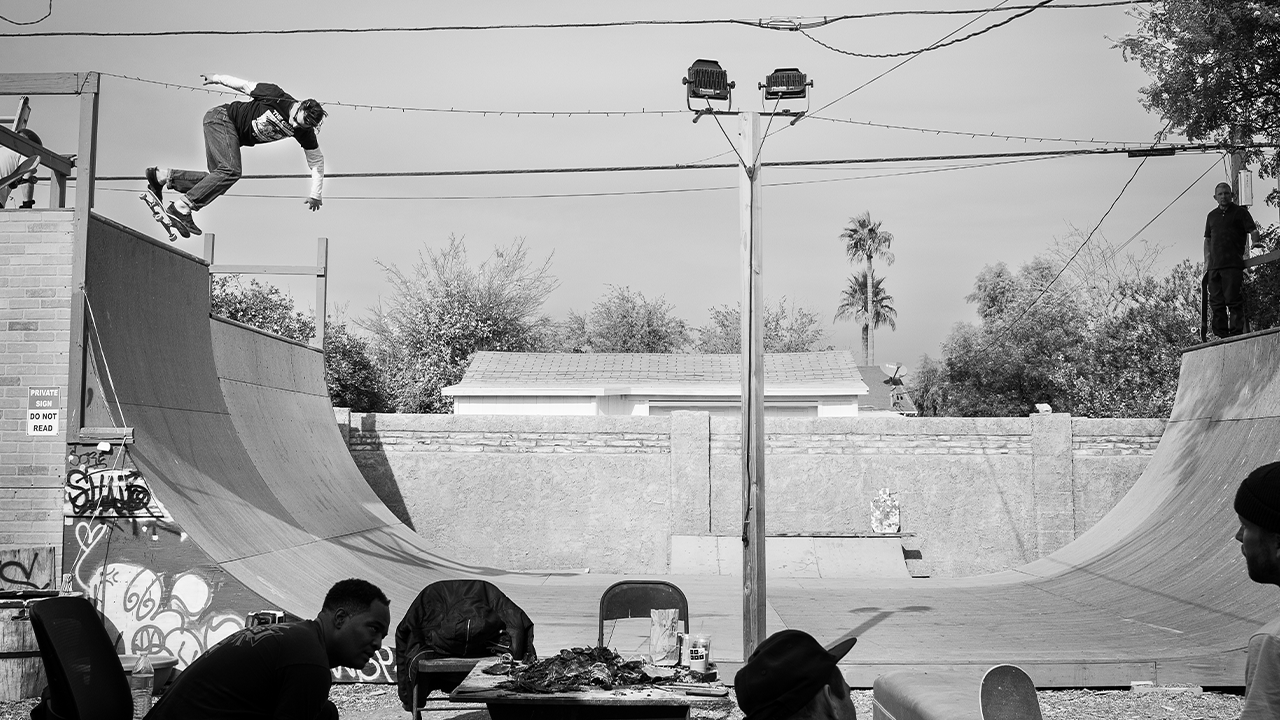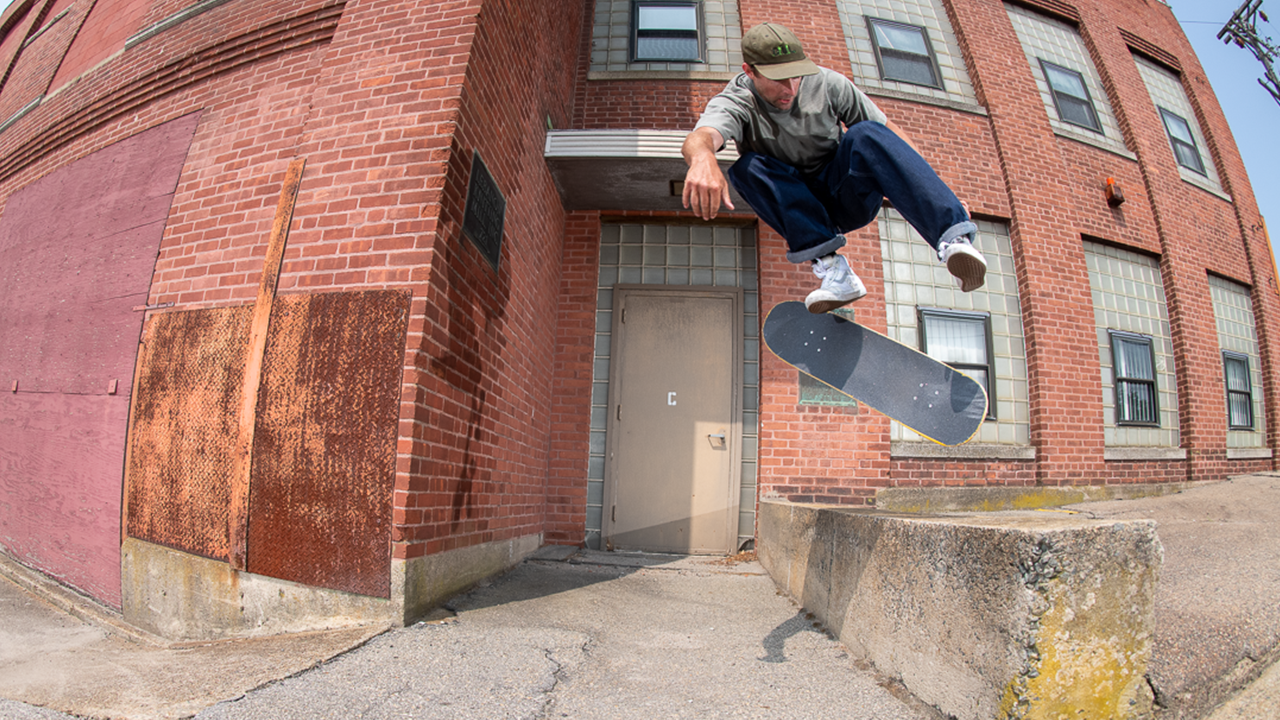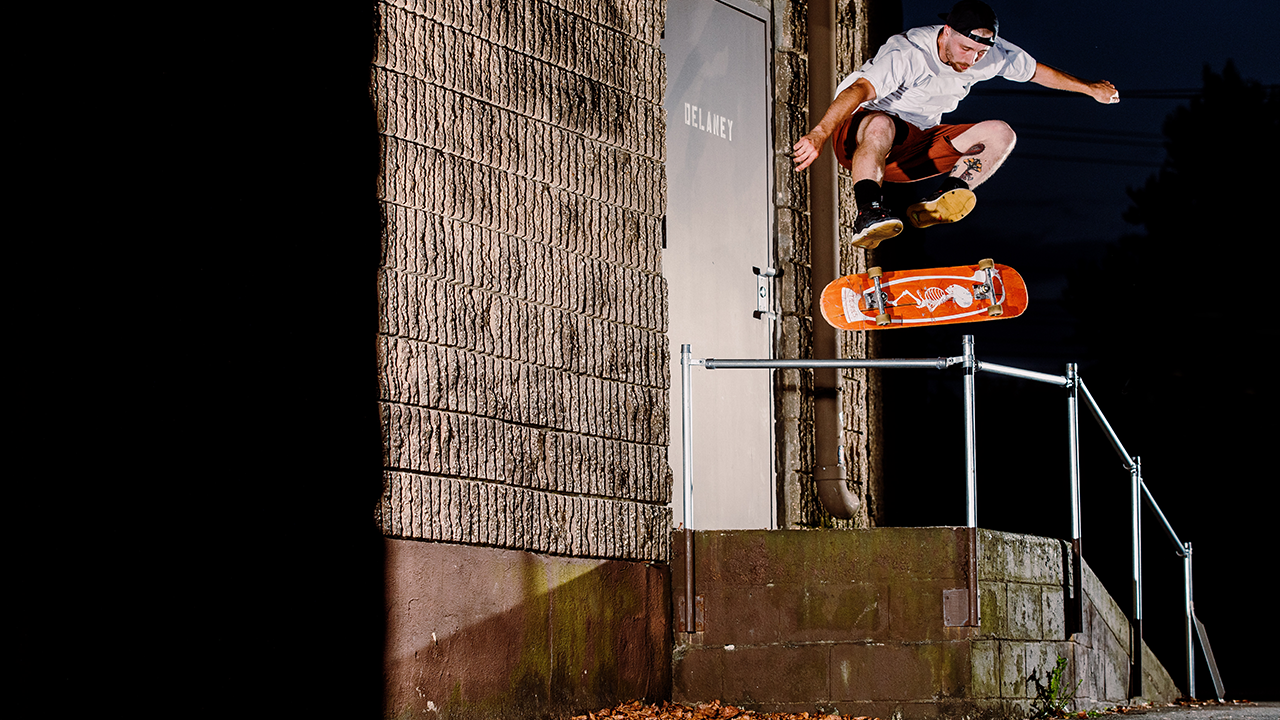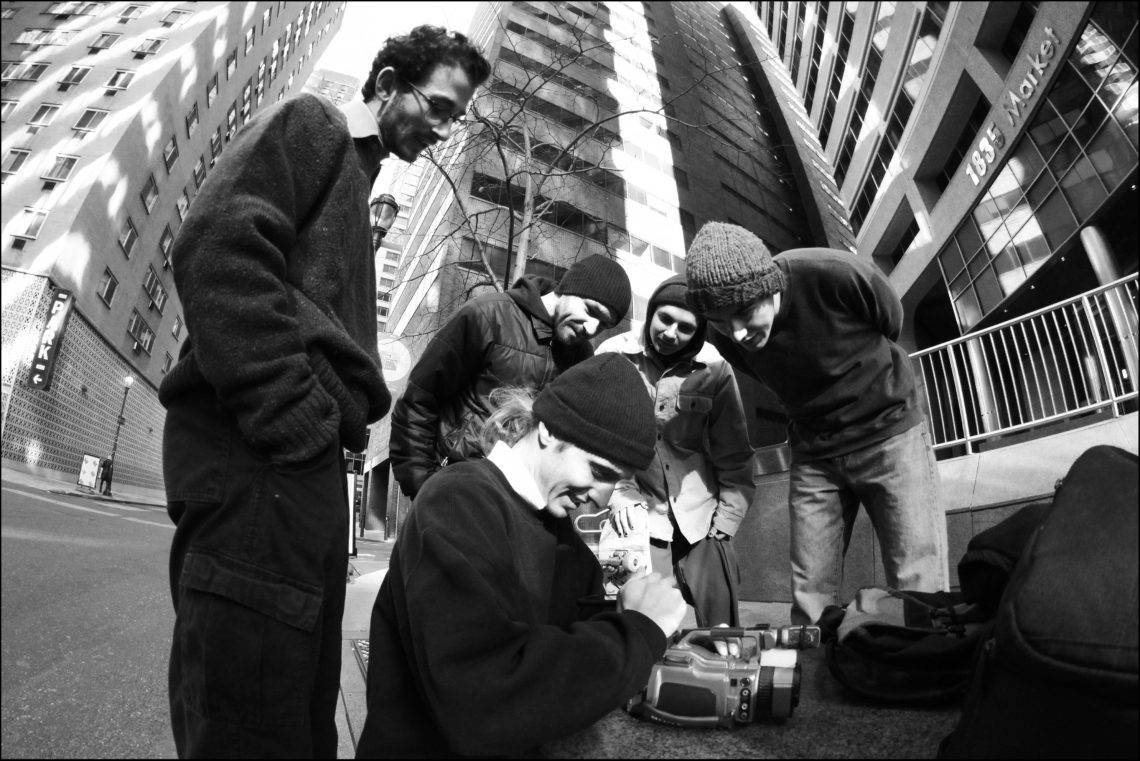
Name? Age? Current geographical location?
My name is Zach Sayles, I’m 23, and I live in Philadelphia, PA.
How did you first get introduced to using a camera?
It started when I was in fifth grade, when my mom bought me a mini-dv camera. It wasn’t really necessarily for anything specific. At the time I was skating a little bit, but I could probably only do ollies and cavemans. I wasn’t doing a lot of filmmaking things either. I probably only used that camera a handful of times – I ended up finding an old hi-8 that my family used years before and just started using that instead.

You kind of took a step backwards…
Yeah, I’m not sure what I liked about it. It was a clunkier camera and more difficult to work. I was filming skating with my friends in middle school and then in high school I bought a VX-2100. It sucked because right after I bought that all my friends started to fizzle out of skating. It was really just me and one other friend who stuck it out. He wasn’t too good at the time, so I ended up getting filmed a lot more, which was upsetting. I really wanted to film. It wasn’t until the end of high school that I really started filming again. My friend Dylan Pierce started to get back into street skating. He was doing a lot of longboarding, tech sliding stuff…
Damn, throwing Dylan right under the bus…
I know, but he’s sick at it. I started filming him more. I had filmed some riders for Fairman’s skate shop at the local skate park. I wasn’t doing a whole lot of street skating at the time. The biggest trip was when Neil Herrick hit me up on Facebook messenger and was talking about Fairman’s needing a steady filmer. I was in shock because Neil was a dude I had seen in YouTube videos. His skating was pretty insane, even back then. He didn’t know how hyped I was. The first time I skated with Neil, he and Henry Jones picked me up after my shift at the frozen yogurt place I worked at. That was my first Introduction into filming people who were really good. I remember botching the clip I filmed of Neil that day. I cut his feet off entirely. Not sure if he was bummed, but I think he didn’t hit me up for a month or so after that. At the same time all of this was happening, I was also getting into other forms of filmmaking. My school’s TV production course helped with that. I had access to a lot of filming and editing equipment.
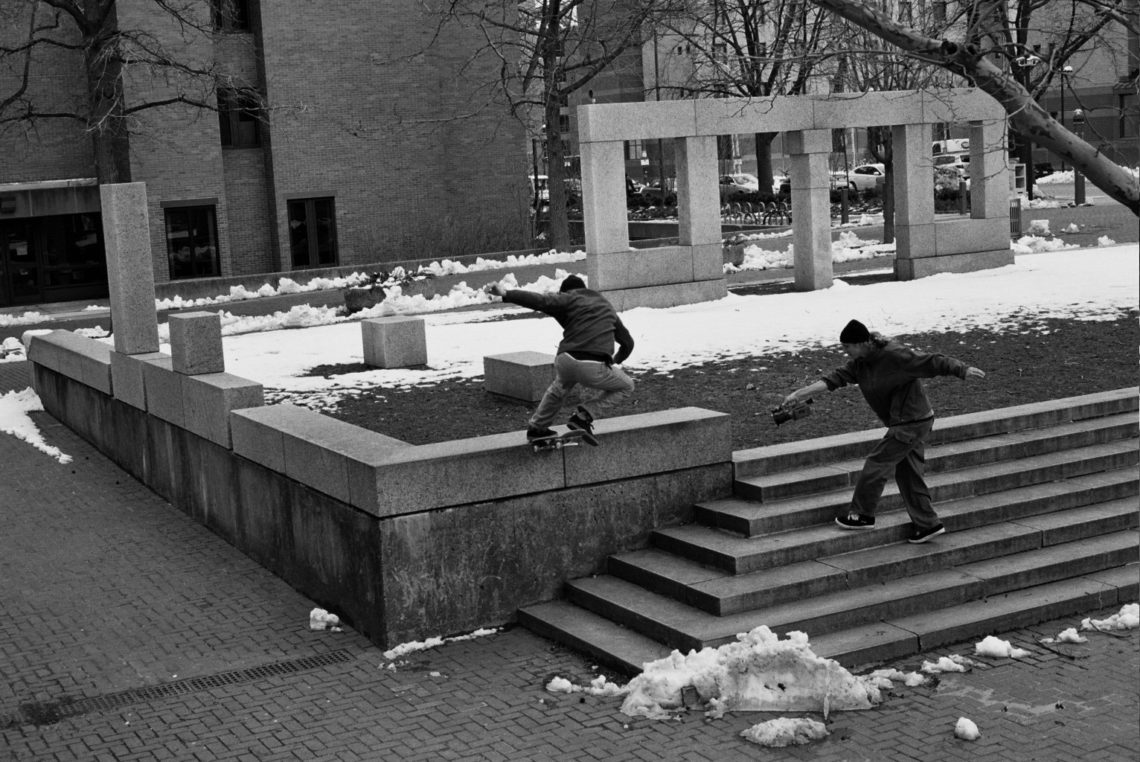
You studied film and video at the University of the Arts in Philadelphia. Did that experience help you hone your style of filming skateboarding?
Not really. Watching skate videos was definitely the sole contributor. When i started college, I started watching more skate videos. I was really into Josh Stewart, Cooper Winterson, Nick van Werssowetz. I would just pick out certain aspects of the filming that I liked and try to mimic that. Over time i slowly started to alter the things I took from their styles.
To circle back to your film education, how would you describe the work you do outside of skateboarding?
I do a decent amount of documentary work, but recently just finished a short narrative film. It was hectic. There’s was a lot of planning, pre-visualizing, fundraising, collaborating, etc. It’s similar to skating in some ways; there’s a lot of planning in terms of what spots to go to, or pre-visualizing a trick or how it’s going to look on footage. You’re diving into something and you don’t know the outcome. It’s satisfying. I feel like that’s the way it is with any project.
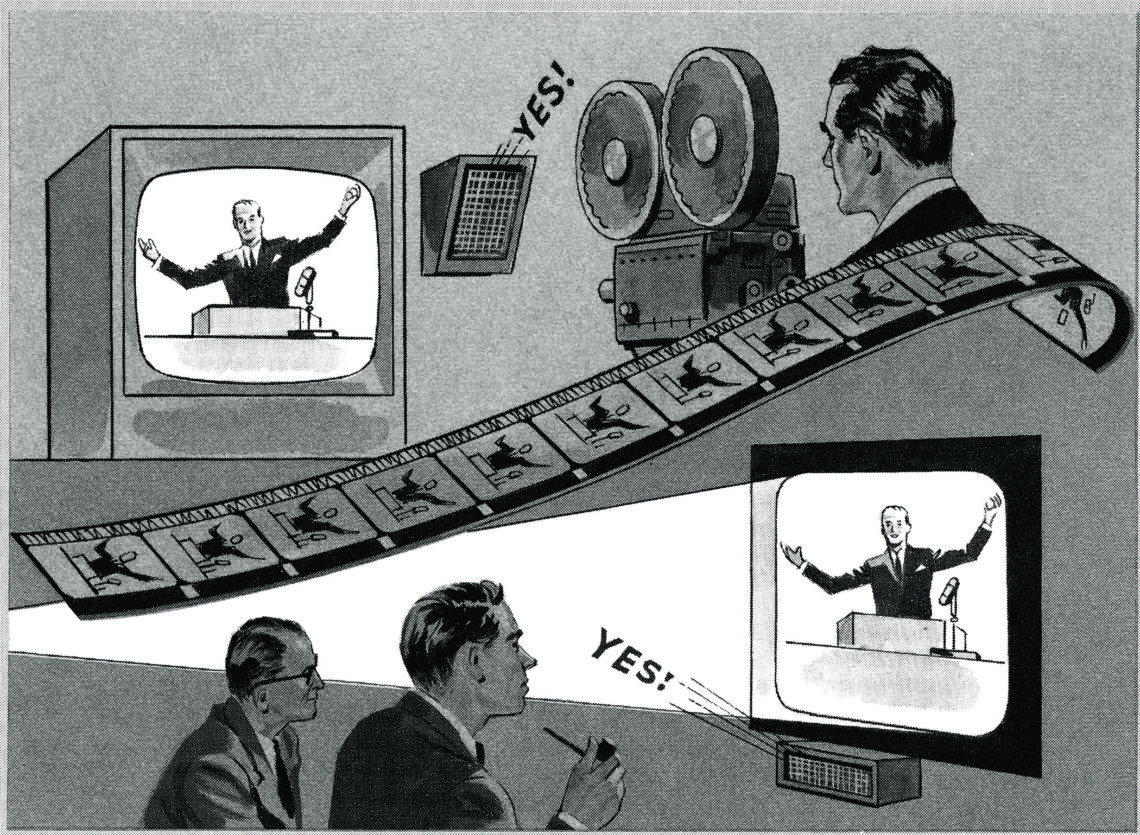
How did the process of moving to Philadelphia help you grow as a filmer?
What was good about going to the University of the Arts was that they’re not super heavy on the mechanical or technical side of things, which a lot of other schools are. It was more teaching you about how to think conceptually; how every aspect of film makes you feel, think, react. That really changed the way I look at all forms of art. Music had been something I recently have been diving into. I’ve gotten really into film scores.
A big component of a skate video is the music. Are you going for more cinematic approach over a traditional soundtrack?
Definitely. I feel like the music I’m working with isn’t what comes to mind when you think of a traditional film score. For me there always has to be some sort of concept. I’ve never done a skate video like this, a full length video. The concept helps me understand more about how I’m editing it, and also allows it to be its own world. I feel like I see a lot of skate videos where there isn’t a concept. And that’s fine, it totally works, but personally, it’s easier if I have some sort of idea going into it.
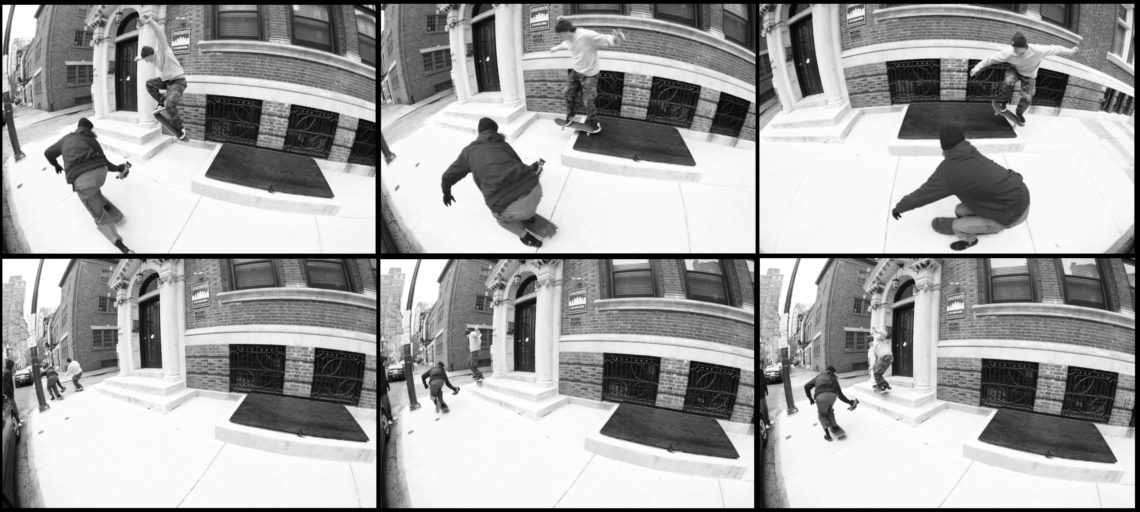
Given the oversaturated nature of the skateboard media landscape, do you feel as though it’s a fool’s errand to make a full length video in 2019?
There’s definitely value in it. It’s sick just to make something. The way I see it, it’s a representation of what’s happening within a certain city or a group of people. I would assume when you tell a group of skateboarders about Philadelphia the first thing that comes to mind is like Josh (Kalis) and Stevie (Williams), Ricky Oyola, Love Park, Sabotage, Chris Mulhern. There isn’t a ton of other stuff that gets as much recognition as them. There are so many other skaters that, I feel, need to get noticed. Not even from a sponsorship aspect; these guys are ripping and no one is seeing it.
Who all is having parts in this video and how did you gravitate towards this group of people?
Ricky Geiger, Dylan Pearce, Kevin Liedtke, Neil Herrick, Matt Militano, Josh Feist, Sean Spellissy, Toly Bitny, Kris Arnold, Zack Peacock, Carson Ruether, Eddie Cernicky, Jeff Carlyle. Eddie and Jeff are from SF, but would come to Philly for a couple days at a time, kill it, and then head back. There’s so many names. I never thought there would be that many. When I first moved to Philly I was filming Neil and Dylan. All of Neil’s footage would mostly go to other videos he was working on, so I never got to hold on to those clips. I was filming a little bit with Matt Militano, but he was still living in Long Beach and would come to Philly for a week at a time. It wasn’t until I met you (Sean) that I started skating with more people.
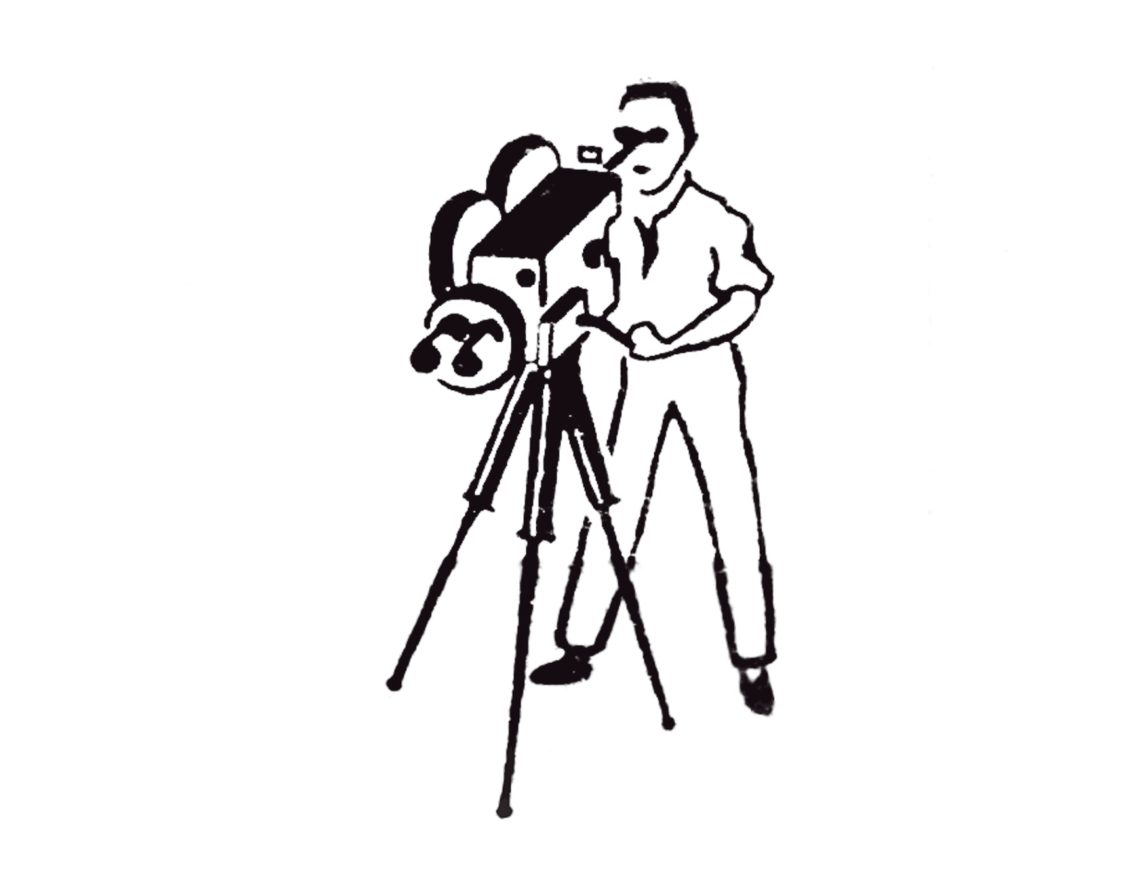
Whose footage are you most excited to showcase?
Everyone’s footage is going to be sick, but I’m most hyped for Dylan’s skating to be seen. We’ve been friends for years, so I’ve seen the progression of his skating. I don’t think people know his skill set and how good he really is. It’s going to be sick for him to have his first part.
To move away from skateboarding for a bit, you recently shot and directed your first narrative film, “Plasma Man.” Can you describe what that process was like?
I co-directed it with my friend Zach Langford and I was also the Director of Photography. It was something that was emotionally and physically draining. I was overseeing every aspect from casting, to fundraising, finding locations, scheduling meetings, choosing costumes, building sets, and making molds. It’s unreal how much work goes into it. I learned a lot about myself through the process. We have e selves to work days to shoot a 20 page script with a lot of set changes, and so much dialogue. It really was a miracle that we finished within those two days.
Can you describe the plot?
The film is a dark, sci-fi comedy set in the near future. It follows the widow of a dead film star who must choose an actor to physically take her husband’s face and continue the movie franchise he starred in, which is where the title of the film comes from.
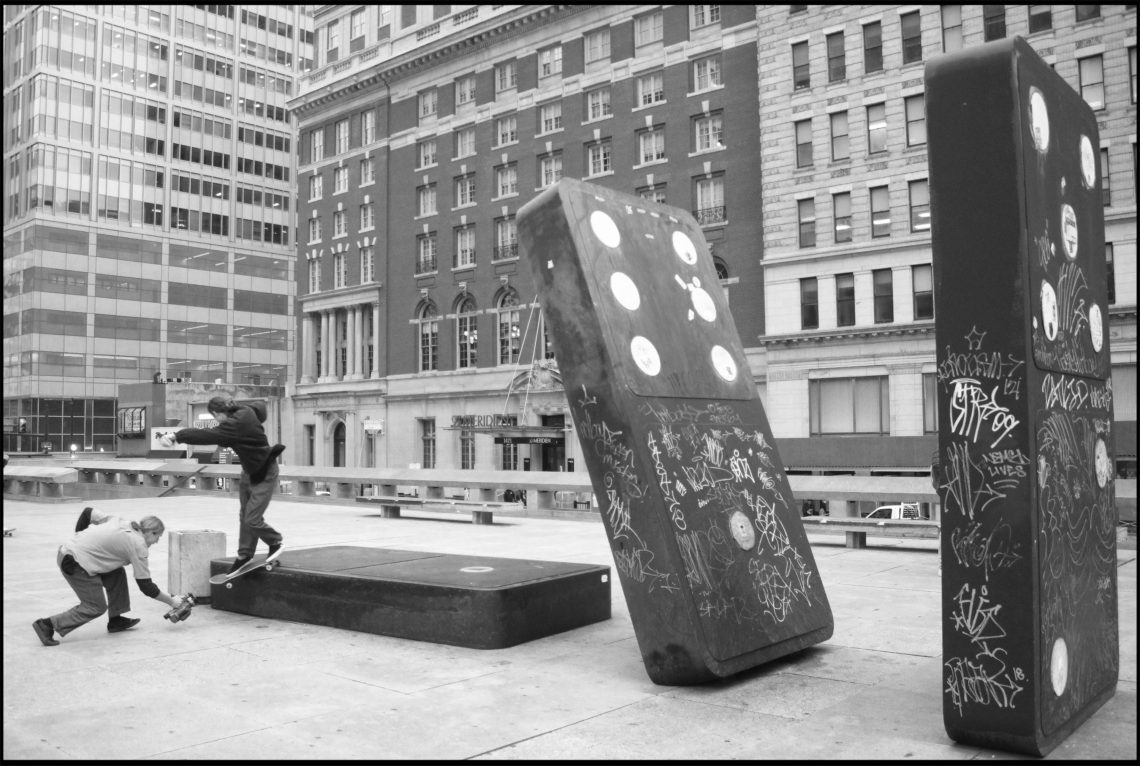
Now that you’ve completed your first skate video and film project, do you plan on continuing to document skateboarding? Will you still use the VX-1000 moving forward?
Definitely. I’ll probably use the VX-1000 setup for as long as I can. It’s just so much more convenient with the size of it and having the MK1. It’s funny though, because I’ve always had really bad luck with VX-1000s continually breaking, and trying to Frankenstein pieces to make it work again. There’s a certain look and feel to the camera that’s unlike any other setup. I don’t think I could ever go HD. It’s just not as fun. (With the VX-1000) I feel like I’m able to compose things the way I want and stay close, keep things more energetic. I’ve used HD cameras before and it just takes the energy out of it.
There isn’t much footage of Center City in your video. What type of spots do you seek out? Did you actively try and avoid the tropes of Philadelphia skateboarding?
We like skating other shit than what’s downtown. The Municipal Services Building is sick. That place is pretty fun to skate, minus the bums and rats. I guess I’m interested in spots that have a certain ruggedness to them. Philly is pretty hard to skate, whether its shitty ground or crazy people. It’s sick to showcase how harsh the city is, from a different perspective. Philly has a lot of spots and I feel like people don’t really get to see how much there really is.
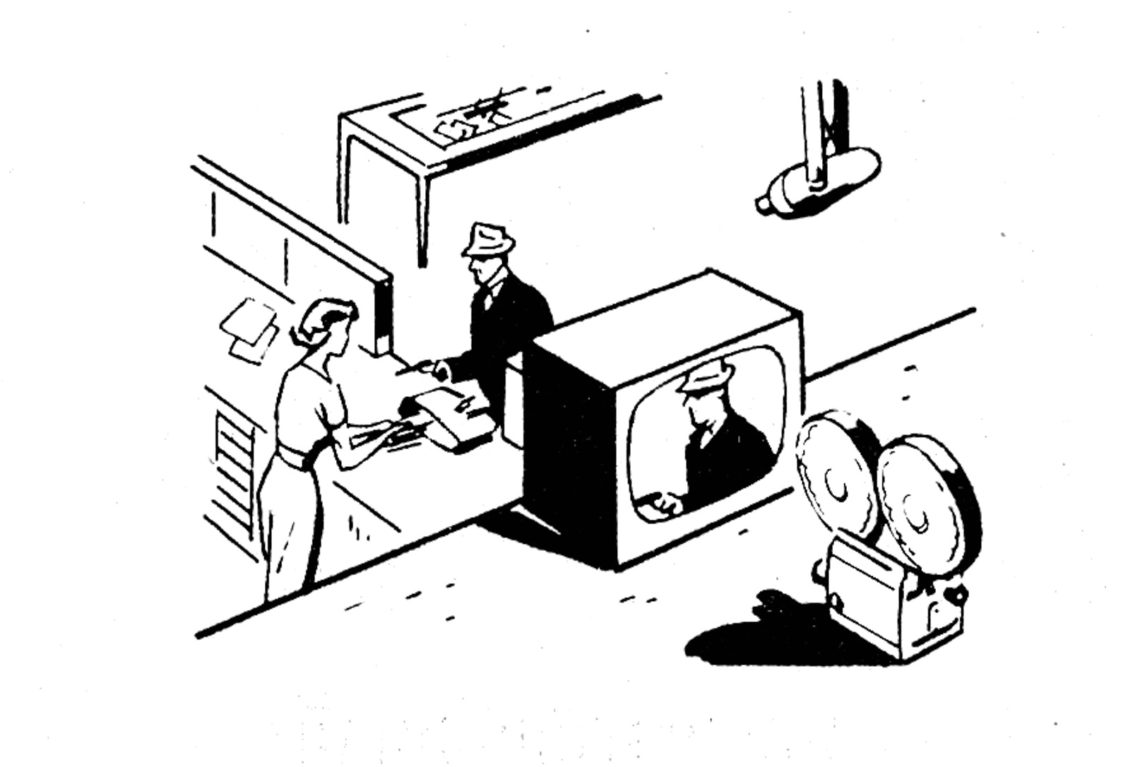
What’s the the craziest thing you’ve experienced in Philadelphia?
Most of my experiences have been people yelling shit like, “You’re in the wrong neighborhood!” Nothing really physical ever happens, it’s always someone hollering. The one time where something actually popped off was at Muni. Dylan and I got mugged by a bunch of people in broad daylight. I don’t know, something about that’s really funny. Just the chance of going to all these really sketchy areas of Philly and nothing ever really happening, but I’m in the most populated area of the city and I get mugged. Crazy experience.
What are plans or goals moving forward? Any shout outs you’d like to give?
I think after this video I definitely want to put out more short stuff, to consistently start putting out projects. The full length stuff is sick, but it’s a longer process than I want it to be. I want to be doing other film related projects at the same time I’m filming skating. I think the only way to make time for that is to focus on smaller edits and not get so invested in something like the full length video. Shoutout Municipal Skateboards. Shoutout to you for making this all happen. And shoutout to everyone that’s in the video.
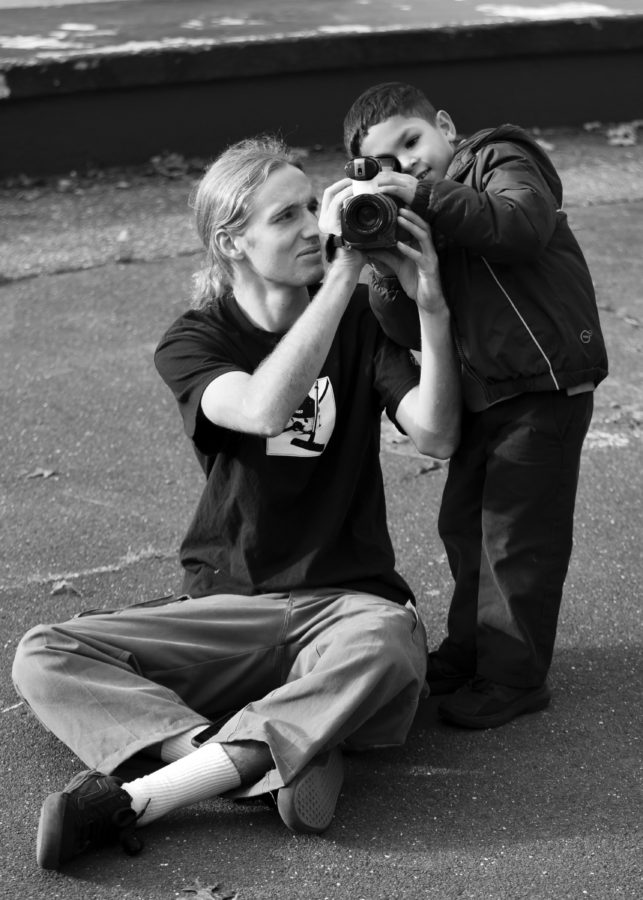
You can pick up a copy of the video at https://vanishvideo.bigcartel.com/

